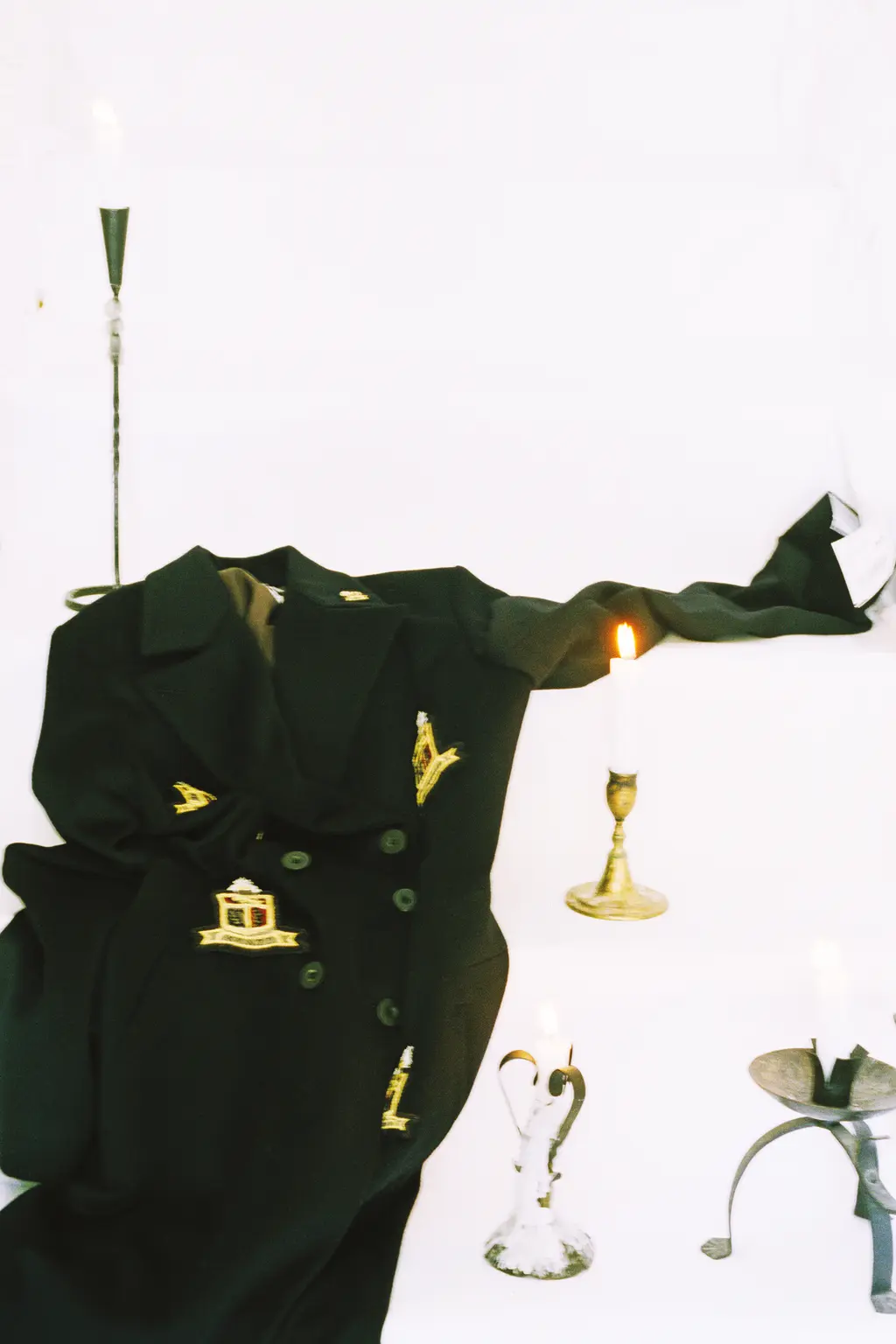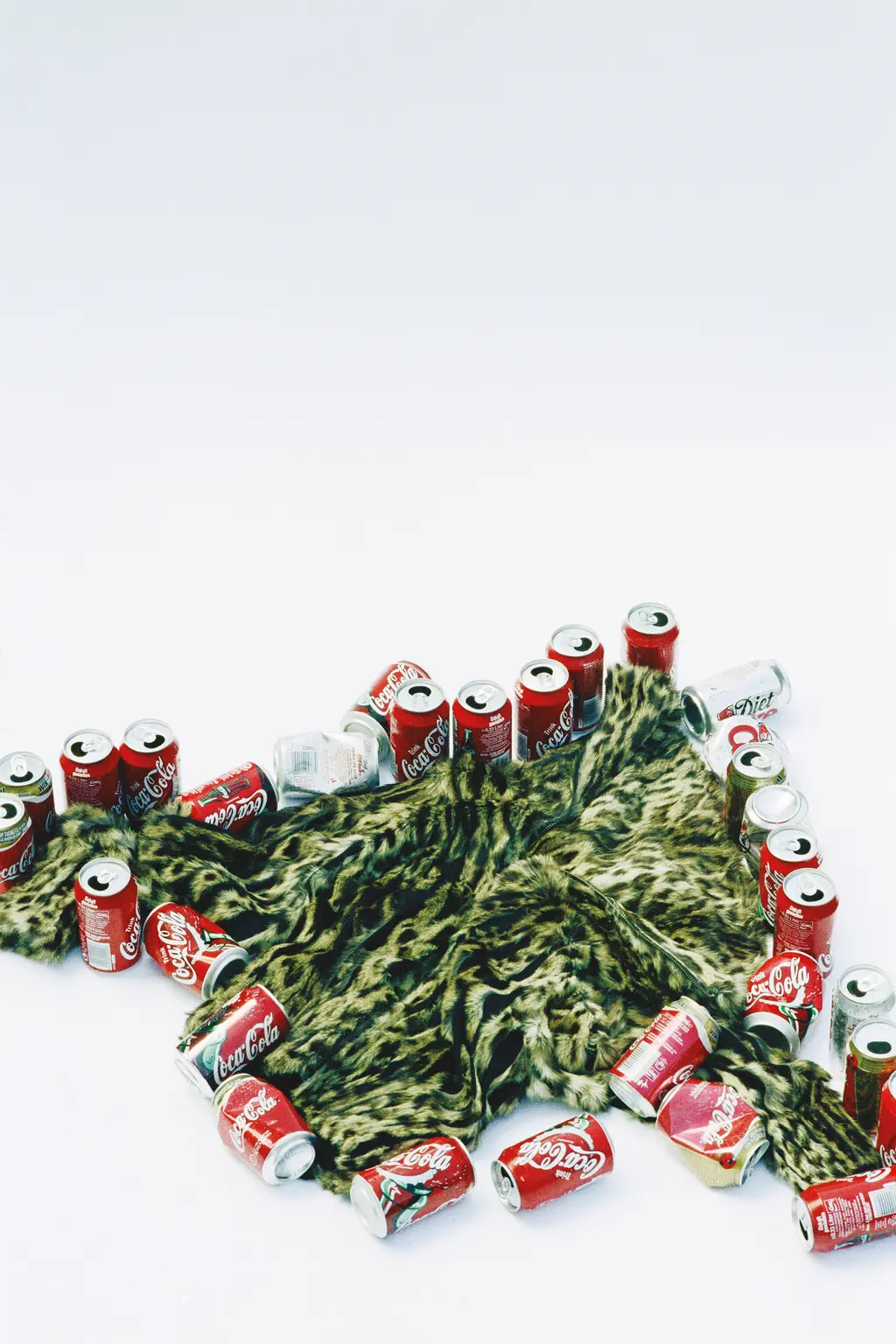Perfect for craft: Anders Edström and Ann-Sofie Back talk collaboration

If you want proof of a working relationship that goes the distance, look to that of filmmaker and photographer Anders Edström and designer and stylist Ann-Sofie Back – the Swedish duo have been working together for more than 25 years.
Style
Words: Brooke McCord
Photography: Anders Edström
Styling: Ann-Sofie Back
Taken from the summer 24 print issue of THE FACE. Get your copy here.
What started as a meeting in 1998 led to photographer Anders Edström, 57, and designer and stylist Ann-Sofie Back, 52, working together on a shoot – theme: “youth” – for the Parisian fashion magazine Self Service.
At the time, Ann-Sofie had just graduated from Central Saint Martins with an MA in womenswear and was about to launch her eponymous label in Paris. Anders had been making a name for himself as a photographer while working for Martin Margiela, his portfolio setting a new, refined tone for fashion photography – a stark contrast to that of the previous decade.
That Self Service shoot – photographed by Anders and featuring Ann-Sofie wearing her own designs – cemented a new friendship. And it paved the way for a collaboration that has now spanned almost three decades of subverting and shaping visual culture. Together they’ve collaborated on countless campaigns for Ann-Sofie Back, the label, and one for Miu Miu in 2001. They also transformed a news kiosk in Stockholm into a gallery space for “the world’s smallest photo exhibition” (titled Modebyrån, translating to “fashion bureau”) in 2018 and, over the years, have masterminded a multitude of brilliant editorials for the likes of Self Service, Purple and Arena Homme+.
And let’s not forget this project from their archive, shot in 2002 and re-edited here. Ahead of a retrospective of Ann-Sofie’s work, taking place at Liljevalchs art gallery, Stockholm, later this year, we ask what the secret behind a decades-spanning collaboration is. Turns out, it helps if you actually really like each other… even if your opening encounter was full of “unpleasant, nervous tension”…
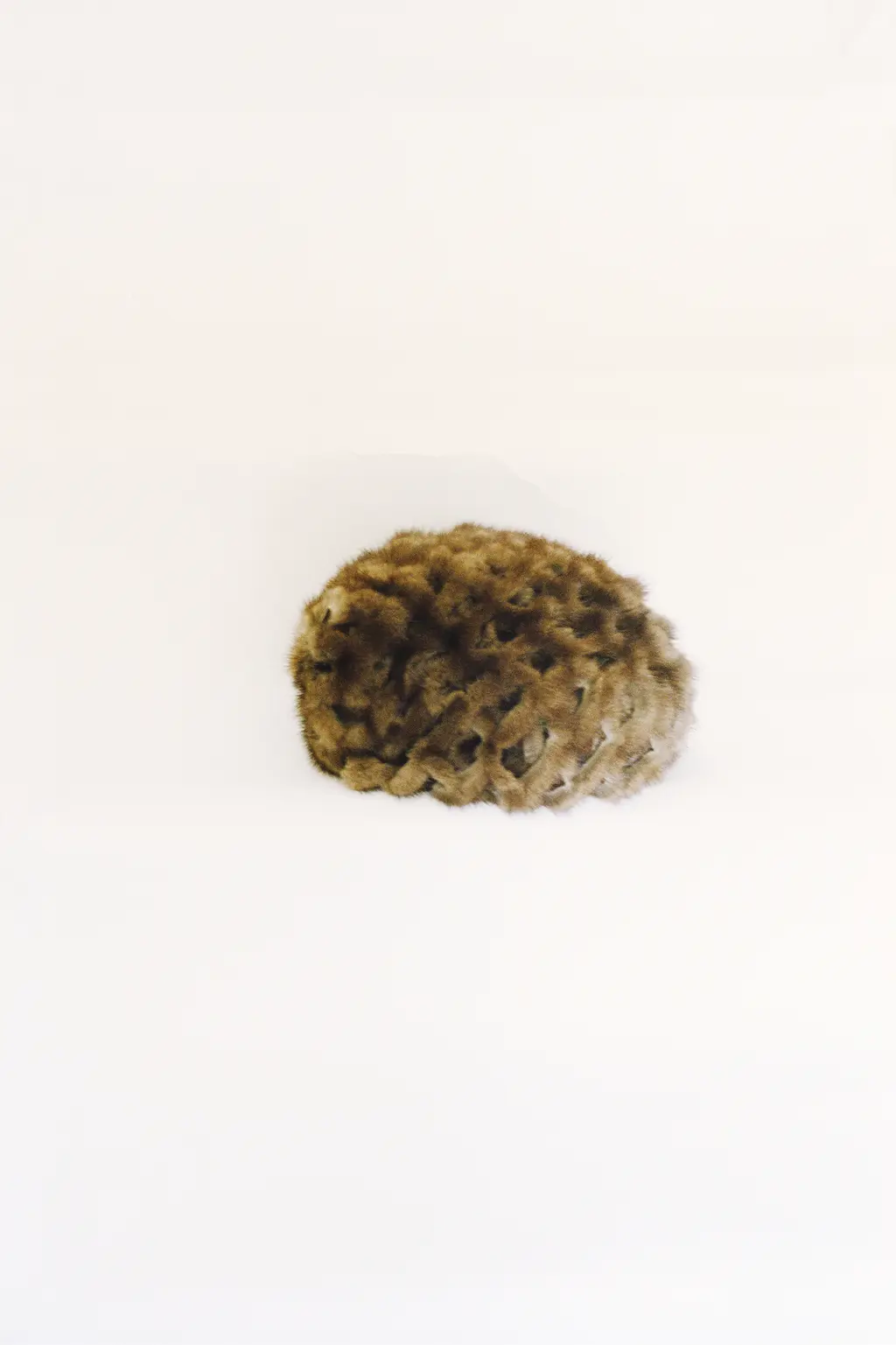
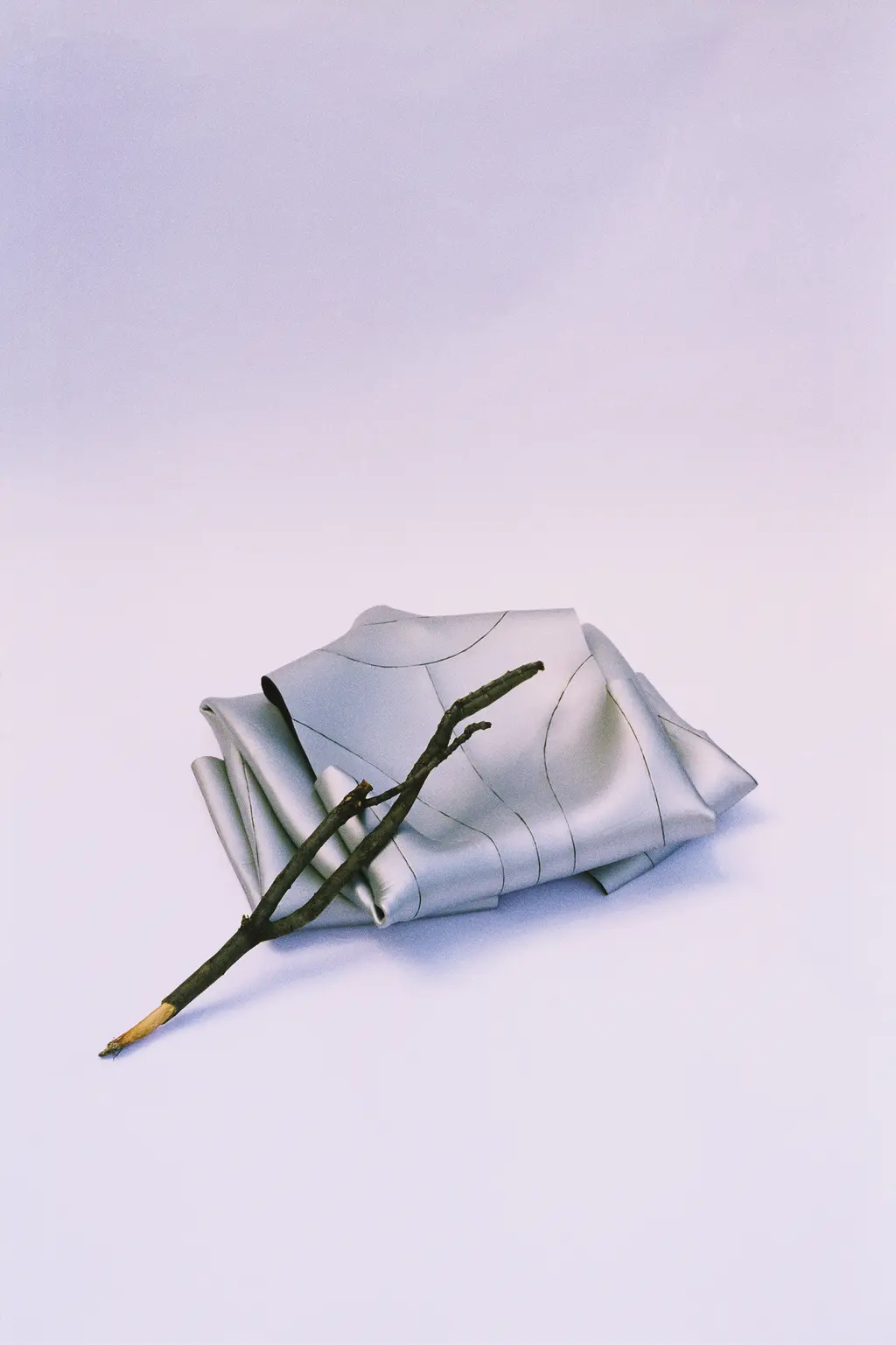
You guys have been working together for more than 25 years. What are your memories of your first meeting?
ANDERS: It always feels strange to meet someone you don’t know and be expected to collaborate. It feels so forced. Anyway, we met at a pub in West London. We were both awkward and shy – especially Ann-Sofie, I thought, but in retrospect, I guess I had strange behaviour, too. Well, I was just shy. She showed me her portfolio. There were some drawings and some photos. I can’t remember what they looked like, but I remember a rawness to it. It wasn’t polished. I remember a lot of Sellotape. Or was it brown plastic tape? I liked it though. But there was so much tension. An unpleasant, nervous tension.
So our meeting was quickly over and I thought that was it. I was sure nothing would come of it. But I kept thinking about all the Sellotape in her portfolio. Or was it her weirdness? Something, maybe a combination of the two, made me call her the next day. Could she make some clothes on the requested theme? “Yes,” she said. Could I photograph her in them? Again, “yes”.
Two weeks later we met in Brixton, where she lived. We walked around with a bag of the clothes she’d made and took the pictures. It was a quite tense atmosphere again, but it made us both laugh.
A day or two later we met at my place to look at the pictures and make the edit. Was it a total failure? Was it great? We really couldn’t tell. We were imagining Self Service’s shock and disgust when receiving the edit. Surely they would hate it, we thought. “What have those idiots done?!” To our surprise, they loved it. Which led to us making many more shoots.
ANN-SOFIE: I was in Paris and had a meeting with Suzanne [Koller, the co-founder of Self Service] just after graduating. I must have sent [her] my portfolio and she agreed to meet me. She said they worked with a photographer called Anders Edström and maybe I could meet up with him to see if we could do a story together. I met with Anders and his portfolio was super-thick – pages with small photos Sellotaped together. I had no idea what to expect, but I remember my portfolio was also just Sellotaped and a bit random. He was really hard to talk to. He speaks super slowly and you have no idea when and if he is ever going to finish the sentence. Over the years I’ve tried to speed him up but it’s not happening. When he photographs he is super-quick, though.

What foundations make for a good collaboration?
ANDERS: It’s important to like each other’s work, even if it’s different. A sense of humour that corresponds? You have to be able to say outrageous or stupid things – stupid things might lead to good ideas. You must be able to speak your mind without the risk of being judged badly. If your collaborator calls you an idiot because they don’t like your idea, how are you supposed to dare come up with another one? You have to dare to say that you don’t like an idea, too, but it helps to be gentle when you say it. Be direct, though. You must be able to be direct. It helps to be playful, not just dead serious. You’ll hang out a lot, so it’s better if it’s fun. Ann-Sofie and I had this. That’s how we could keep making things together. It doesn’t have to be fun, it’s not a requirement. But it makes life easier and it makes you more likely to want to work together again.
ANN-SOFIE: I have no idea, [but] I know what works for me. I need to have fun when I’m working. [Anders and I] have the same humour. I think we are not [people who feel] comfortable, or at least I’m not. So for me, I always tried to make things awkward – styling it really bad, [trying] to make it uncool. Choosing models – friends or people off the street – that were uncool. It wasn’t about them being ugly, more that they would be unexpected. Weirdly, this is what makes it fun.
One time we did a shoot on the west coast in Sweden and I just put a sign up in the local grocery store [saying]: “Who wants to model for Purple?” We didn’t even have a casting, they were just told a time and day. I [always] want to surprise myself.
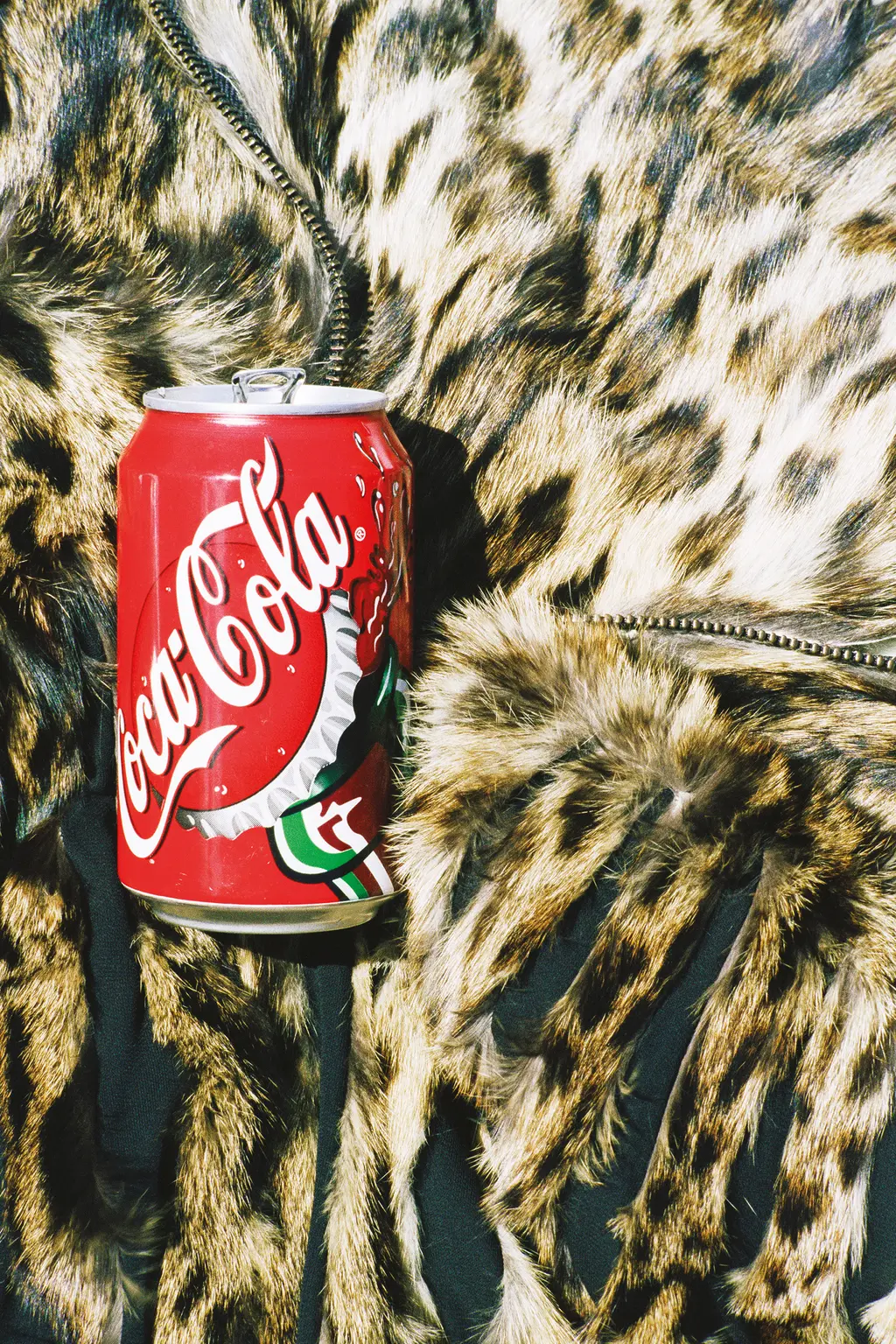
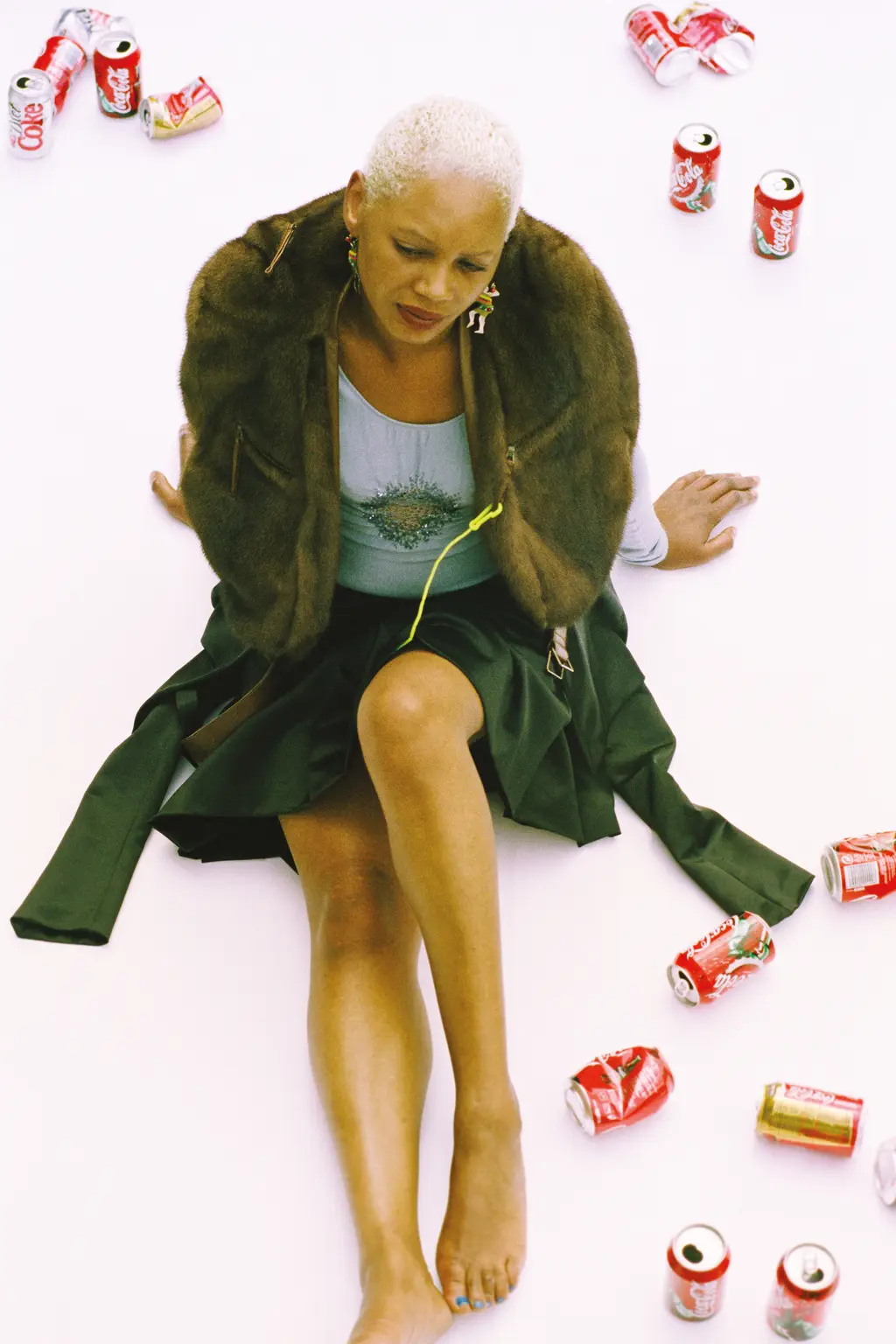
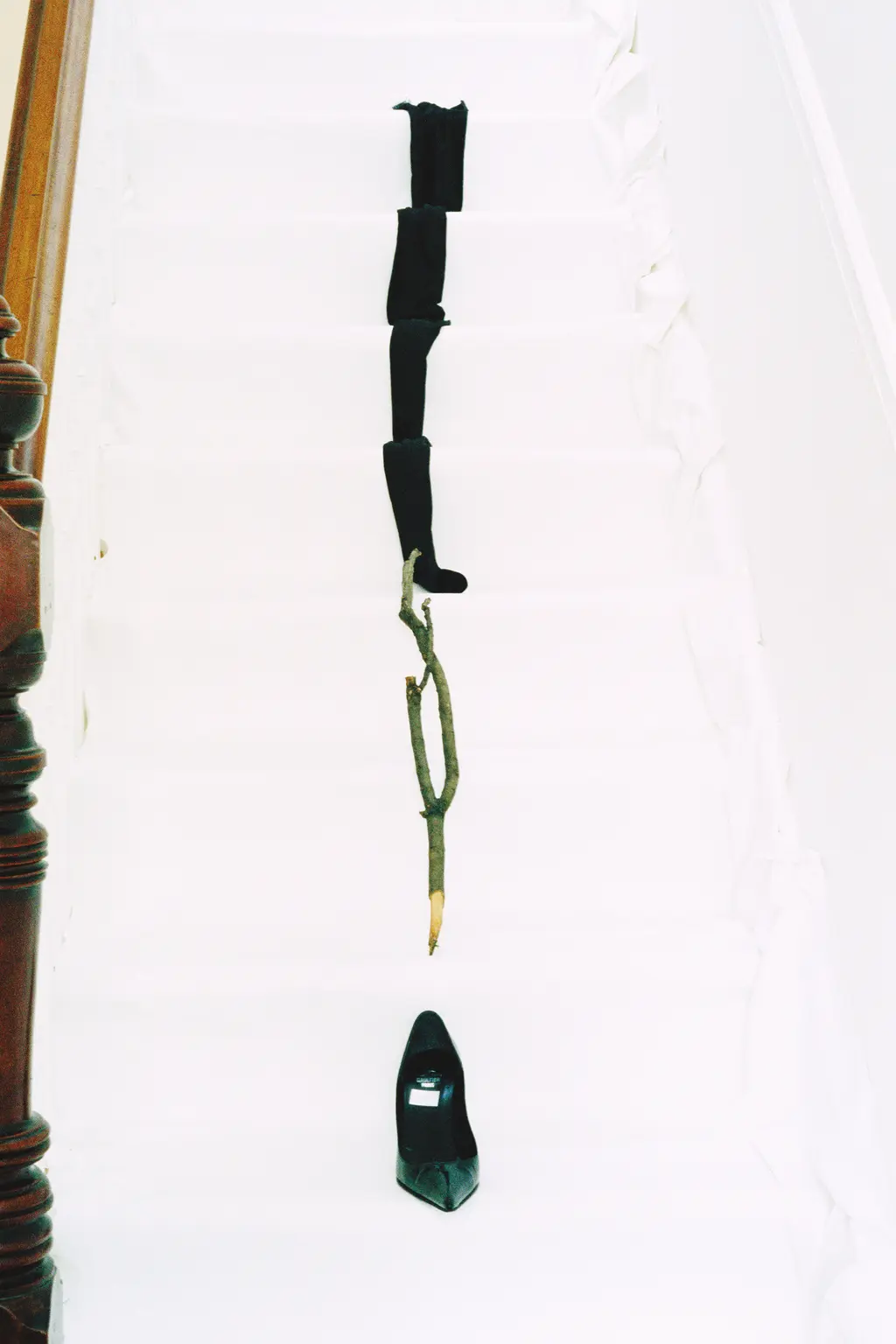
What’s the hardest thing about collaborating?
ANDERS: When you don’t agree about things that are important to your core. It can be hard, to be honest. It’s hard if you always have to explain yourself.
ANN-SOFIE: [We] tried to do a shoot for Dazed after I moved back to Sweden in 2009 and our hearts were not in it anymore. We had developed in different directions and our [usual] “formula” didn’t work. That was sad. [But] we did a shoot with lorry drivers for Arena Homme+ on the Travemünde ferry, a Versace special, after that, so it wasn’t the “end”. And Anders also photographed my collections in between.
Are there any collaborations you look back at and think: how on earth did we pull that off?
ANDERS: Yes. The Works and Days (of Tayoko Shiojiri in the Shiotani Basin), an eight-hour fiction film I made with C.W. Winter [in 2020]. I have no idea how we made it until the end.
Have you ever had a collaboration that’s gone totally wrong, but ended up OK in the end?
ANDERS: No, the bad collaborations didn’t end up well. They ended up in disaster. Bad collaborations are traumatic.
ANN-SOFIE: I think that’s how we felt every time we sat and selected pictures after a shoot. And it was never about one picture, it was about the one after, or the one before. There were never any money shots. The shoot that you see published [in THE FACE] now is one we were 100 per cent sure was going in the bin – but I think it’s our best.
